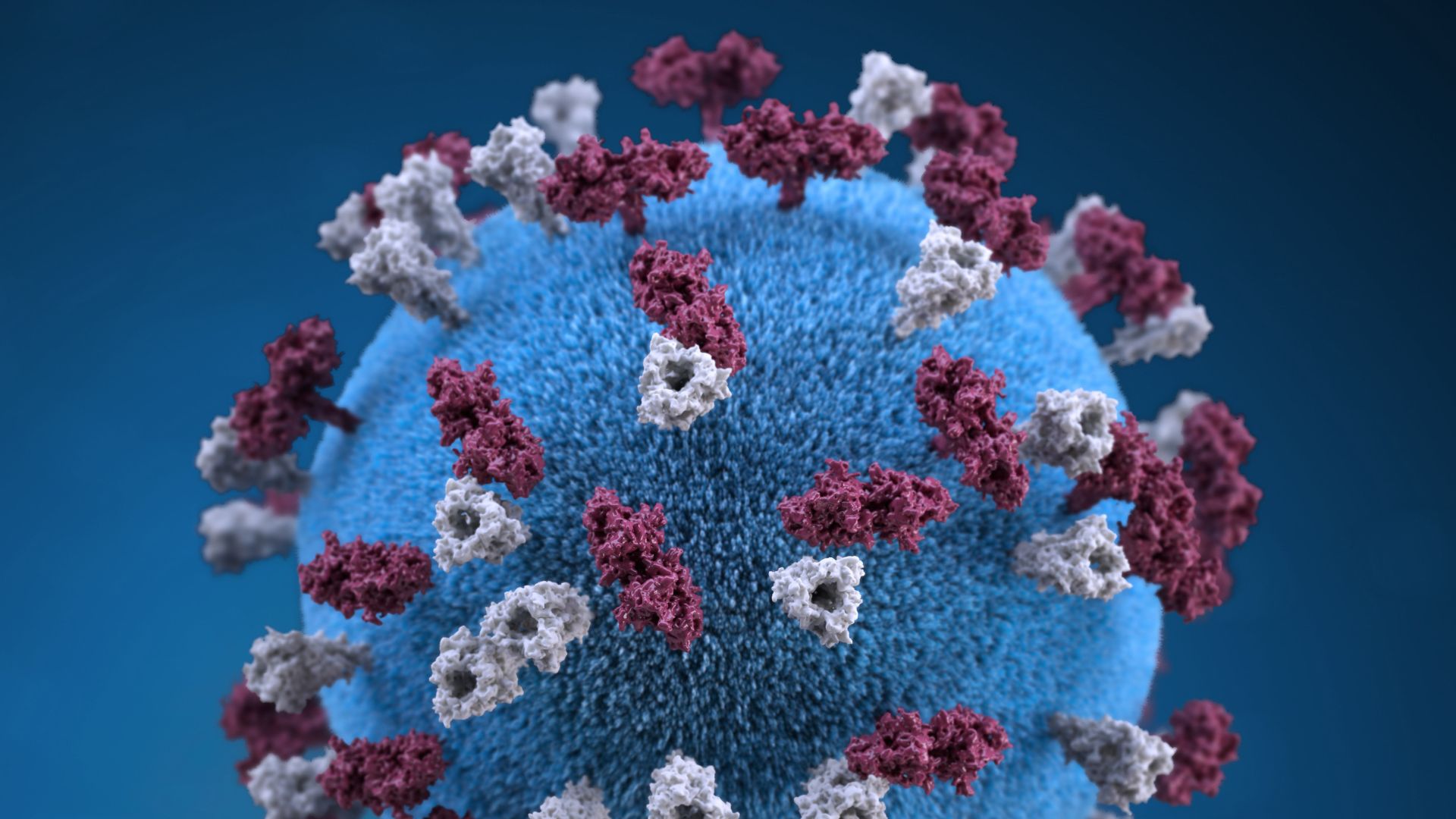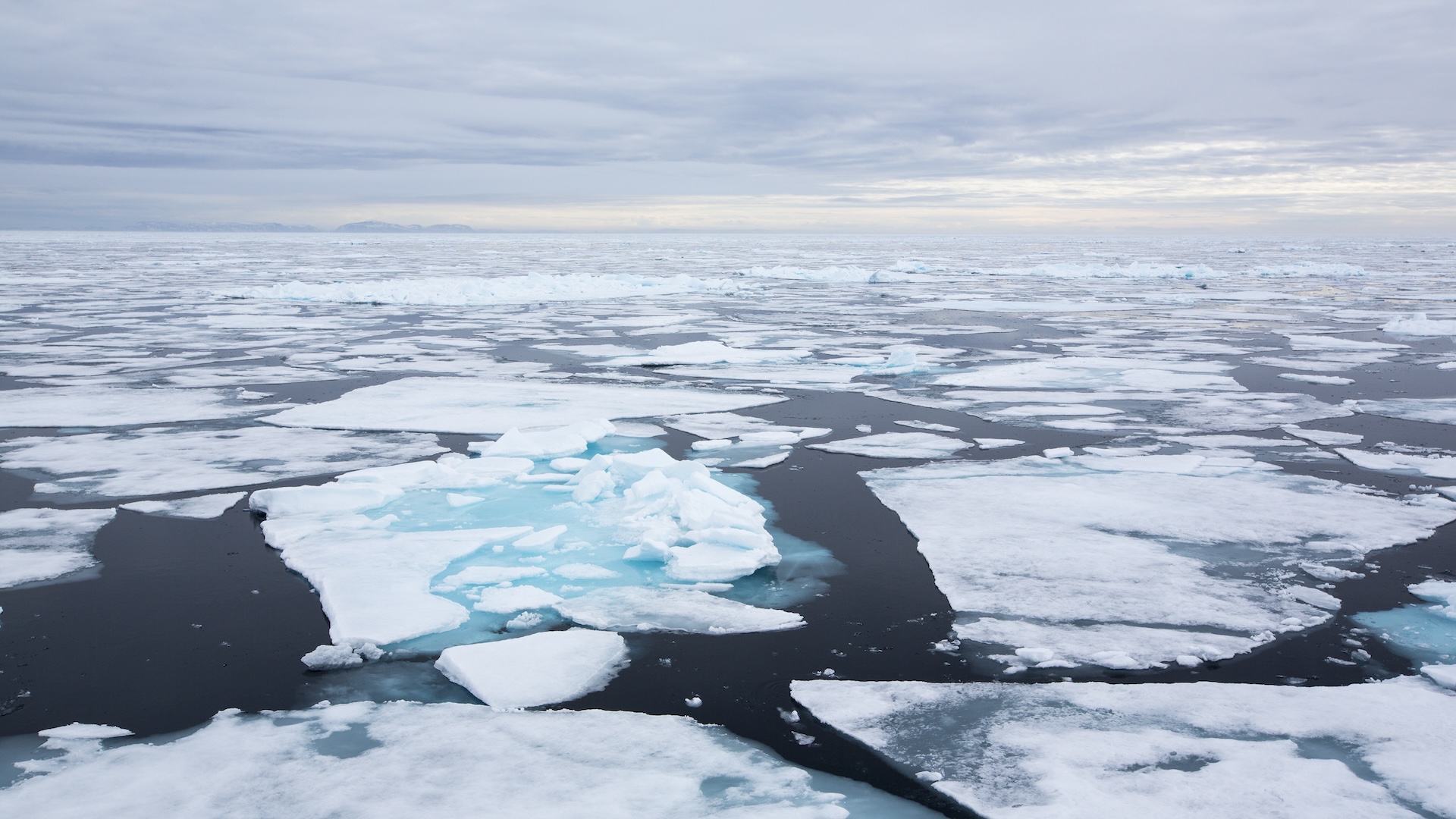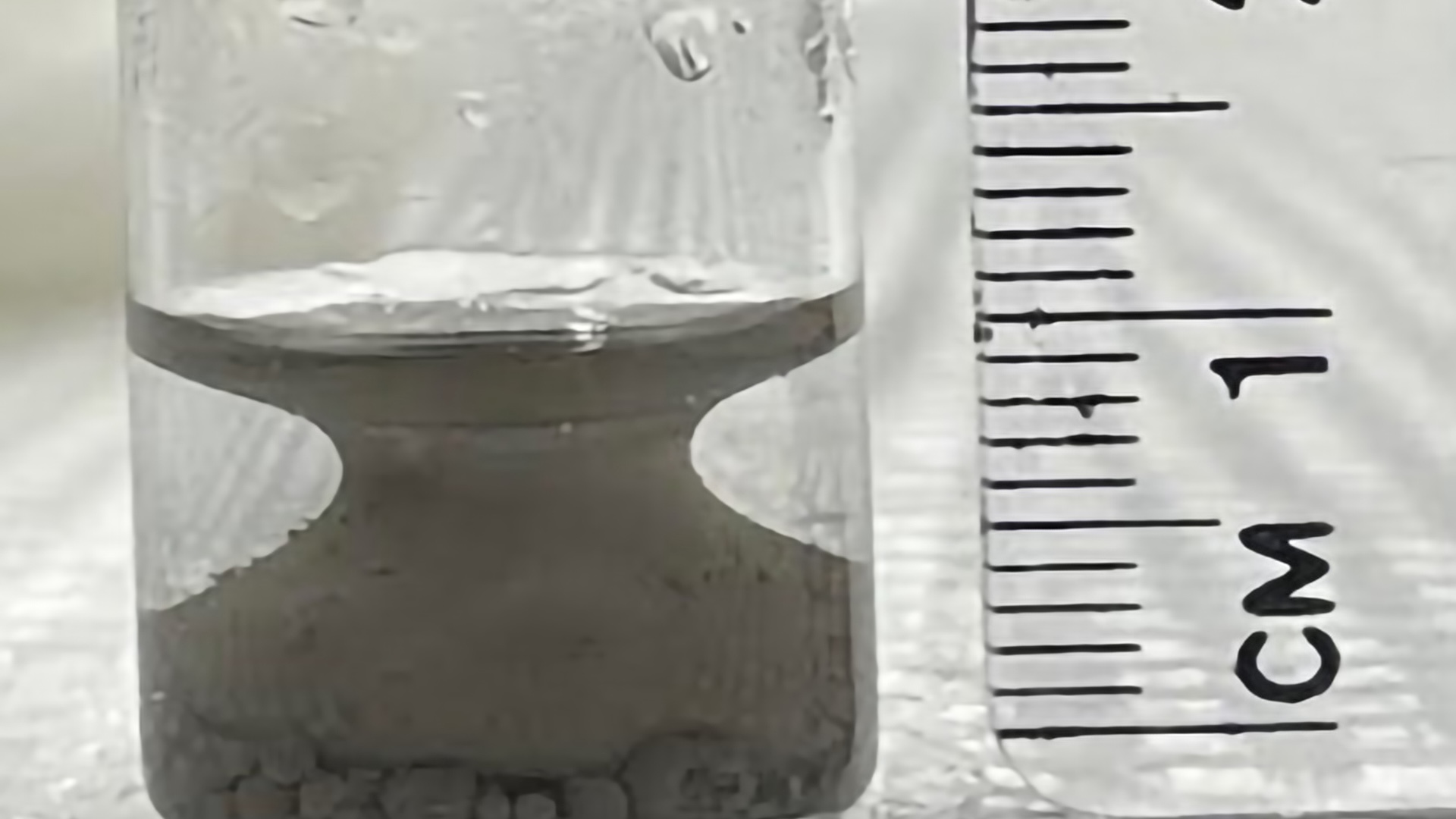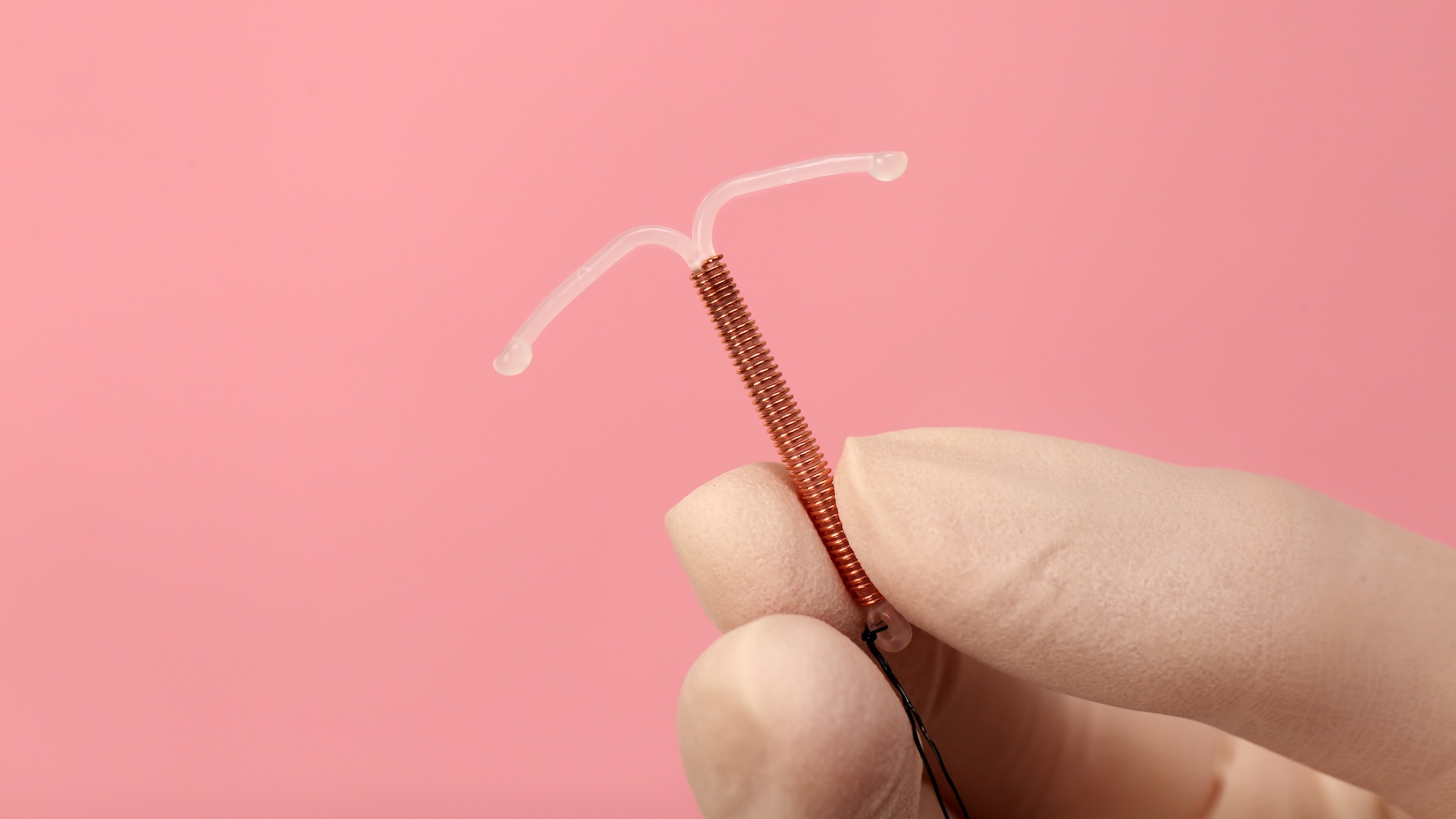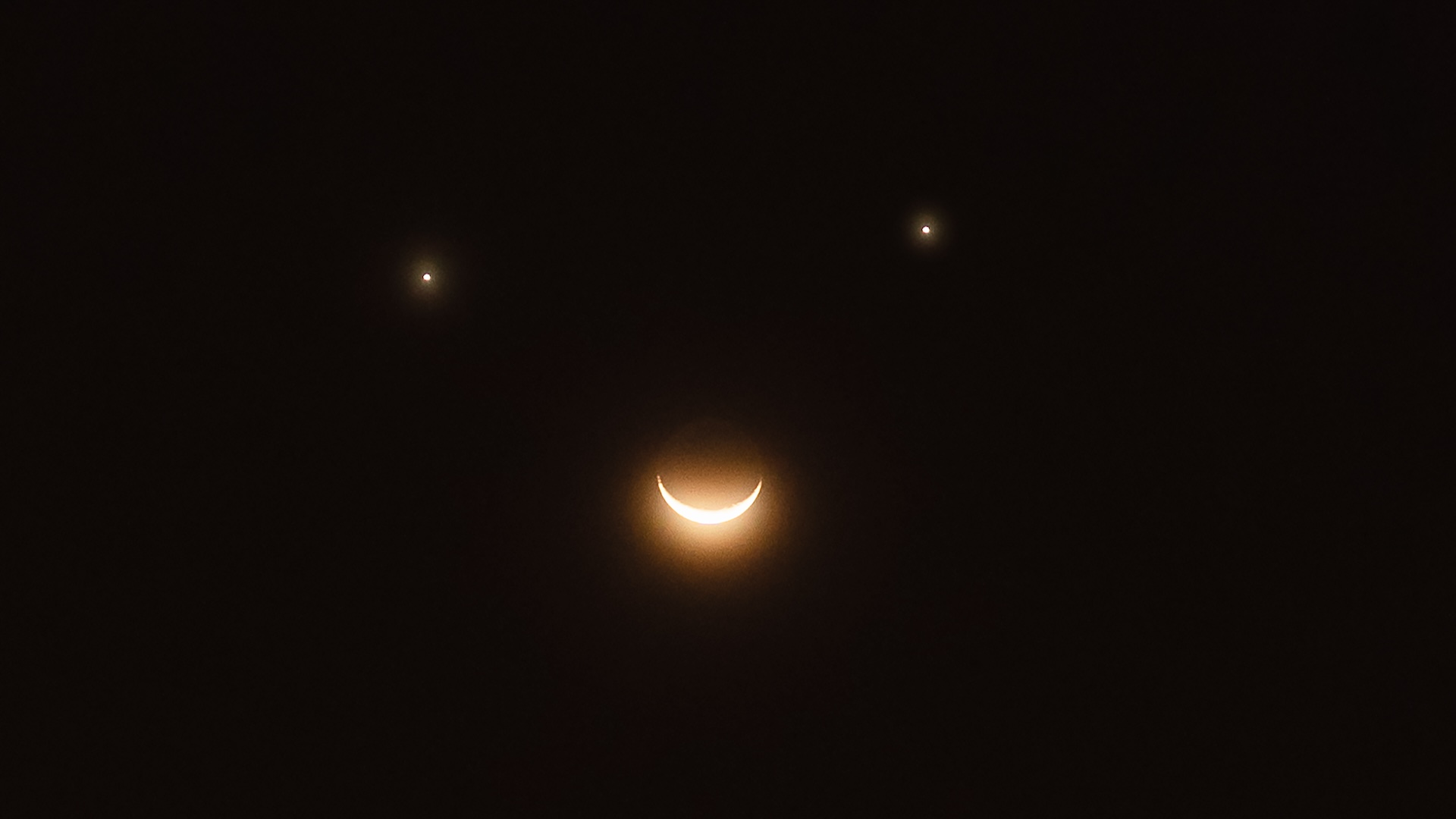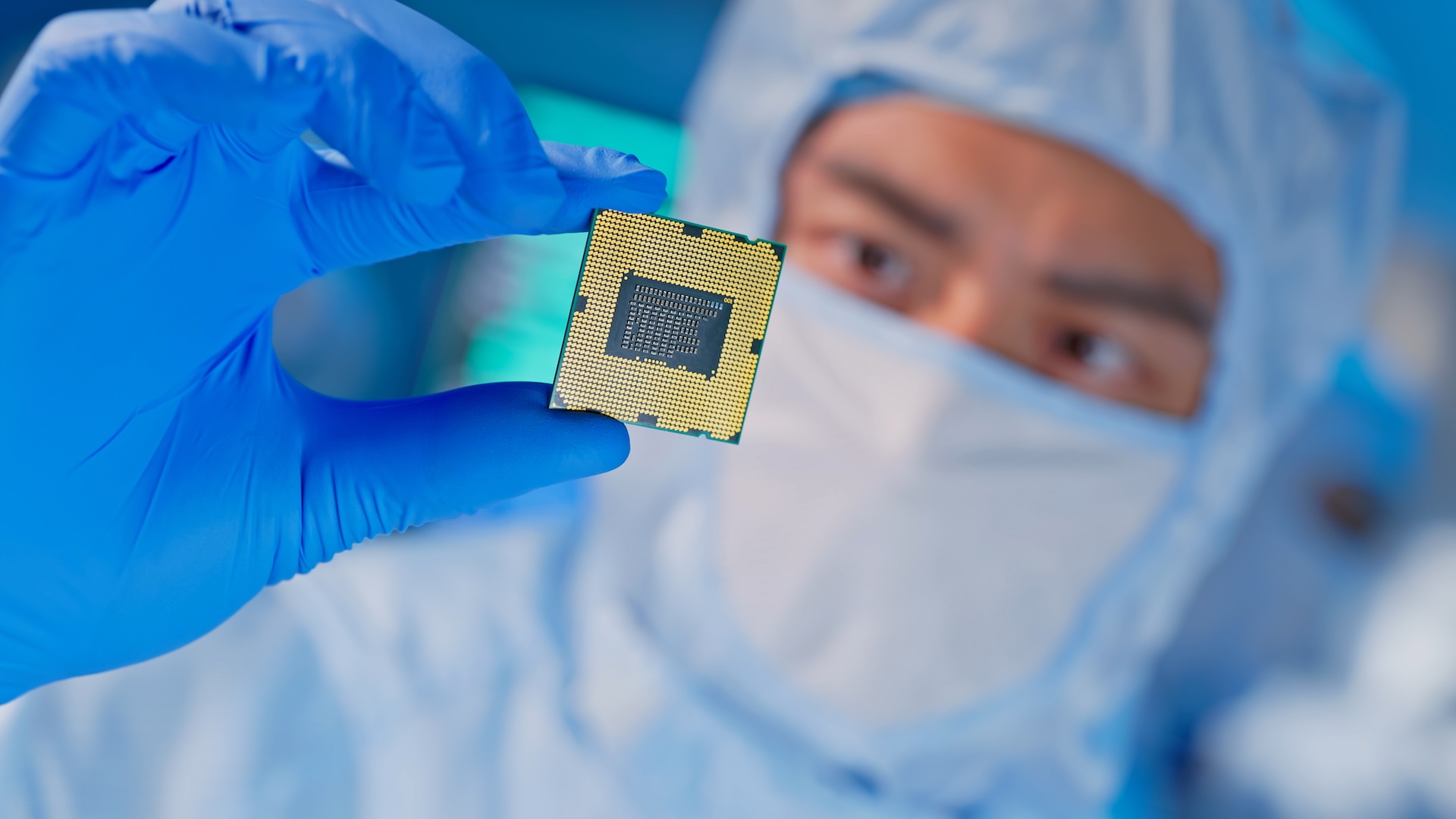Can Algae Save the World? A Q&A with Craig Venter
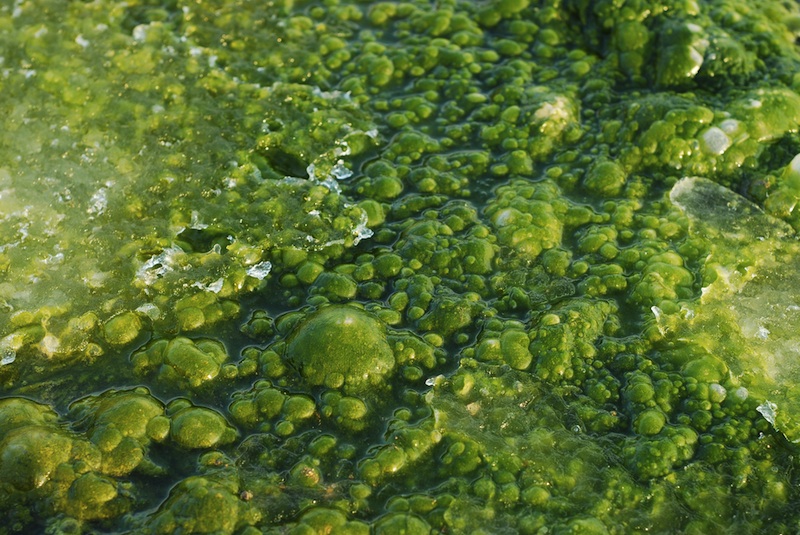
Microbes will be the (human) food- and fuel-makers of the future, if J. Craig Venter has his way. The man responsible for one of the original sequences of the human genome as well as the team that brought you the first living cell running on human-made DNA now hopes to harness algae to make everything humanity needs. All it takes is a little genomic engineering.
"Nothing new has to be invented. We just have to combine [genes] in a way that nature has not done before. We're speeding up evolution by billions of years," Venter told an energy conference on October 18 at the New America Foundation in Washington, D.C. "It's hard to imagine a part of humanity not substantially impacted."
Venter turned his attention to the genetic manipulation of algae after a two-year cruise to sample DNA in the ocean. The goal was to harvest the building blocks of the future for a biology that has been converted from the bases A, C, G and T into 1's and 0's—a digitized biology. He found that most of the millions of genes collected came from algae, one of the tinier organisms on the planet but one that already has an outsized planetary impact, providing more than a third of the oxygen we breathe.
Venter is looking to boost that impact further. His reengineered photosynthetic cells would take in carbon dioxide and sunlight and spew out hydrocarbons ready for the ExxonMobil refinery (the oil giant that has provided Venter's company Synthetic Genomics with $300 million in funding to date). In the process, the algae will turn a problem—CO2 causing climate change—and transform it into a solution—renewable fuels and slowed global warming. "Trying to capture CO2 and bury it is just dumb; it's going to be the renewable feedstock for the future," he said.
His commercial enterprise, Synthetic Genomics, has now also formed a new company with Mexican investment firm Plenus dubbed Agradis. Given algae's multibillion-year track record with photosynthesis and genetic experimentation Agradis's purpose is to turn that genetic cornucopia into improvements in agricultural crops, whether corn or canola—as well as use algae as a model for testing various new genetic combinations. A similar partnership between Monsanto and algae company Sapphire Energy will "use our algae platform that we developed to mine for genes that can transfer into their core agricultural products," explained Tim Zenk, Sapphire's vice president for corporate affairs in a prior interview withScientific American. "When you do genetic screening in algae, you get hundreds of millions of traits in the screen and that accelerates the chances of finding something that can be transferred."
If that's not enough, Venter sees a role for synthetic biology in food beyond crops and livestock—specifically the growing hunger for meat around the world. "It takes 10 kilograms of grain to produce one kilogram of beef, 15 liters of water to get one kilogram of beef, and those cows produce a lot of methane," another potent greenhouse gas, Venter observed. "Why not get rid of the cows?" The replacement: meat grown in a test tube from microbes thanks to synthetic biology.
It's not likely you'll be buying microbial meat in the immediate future, but it's also clear that biology should not be overlooked as a font of solutions for that future. "The problem with existing biology is you change only one or two genes at a time," he noted of today's genetic engineering. "We're building a robot to make a million chromosomes a day and be self-learning. … The only limitation is our knowledge of biology."
Sign up for the Live Science daily newsletter now
Get the world’s most fascinating discoveries delivered straight to your inbox.
Scientific American spoke with Venter about his hopes for algae and synthetic biology.
[An edited transcript of the interview follows.]
Why algae?
Looking at the yield of different agricultural crops, none of them is very impressive compared with what needs to be done [to replace oil]. Then you look at the potential output from algae, and it's one to two orders of magnitude better than the best agricultural system. If we were trying to make liquid transportation fuels to replace all transportation fuels in the U.S. and you try and do that from corn it would take a facility three times the size of the continental U.S. If you try to do it from algae, it's a facility roughly the size of the state of Maryland. One is doable and the other's just absurd, but we don't have an algae lobby.
It's been tried before, going all the way back to the turn of the last century. It's not a new notion to use algae to try to do something. But nobody's achieved the necessary level of production. Everybody is looking for a naturally occurring algae that is going to be a miracle cell to save the world and, after a century of looking, people still haven't found it. We hope we're different. The [genetic] tools give us a new approach: being able to rewrite the genetic code and get cells to do what we want them to do.
What are the big hurdles?
Everybody trying to grow stuff has all the same challenges. On the growth side, what we're doing with the [Synthetic Genomics] Exxon program, we're actually testing every technology on the growth side. Then there's the cell biology side, the manufacturing side. How do you manufacture on the scale of multiple–square-mile facilities and billions of gallons of liquid hydrocarbons that can go into ExxonMobil refineries? Half the money of the $600 million on the table is going to major engineering tests and concepts.
It's just the size, the expense—billion-dollar–plus facilities. Getting algae that are really robust and can withstand true industrial conditions on a commercial basis. You can't afford to shut down a plant for contamination. Most algae growers have to do that at a fairly frequent pace.
On the cell biology and strain development side of things, we have a large, greenhouse test facility in La Jolla [Calif.] We don't claim to have instant answers. We are talking a systematic scientific approach to trying all the past technologies and new ones with new twists. The thing that will make the difference is the engineered cell, cells that can produce 10 to 100 [times] as much. The same genetic engineering and genome engineering we have, we can make cells that are resistant to viruses.
The scientific breakthrough that we made early—that attracted Exxon—we engineered [a] cell to pump hydrocarbons out of the cell. Algae is a farming problem: growing, harvesting, extracting. It's a work in progress, and we're working hard.
How long will this take?
We don't have the final answer to anything. We're evaluating thousands of strains and large numbers of genetic changes. The long-term solution is to make the entire genetic code from scratch and control all the parameters. To us, this is a long-term plan. It's a 10-year plan. We're not promising new fuel for your car in the next 18 months.
So how long would it take before people can gas-up with algae fuel?
The time it takes to build a large-scale facility to produce billions of gallons; it takes three to four years just to build the facility once we know what to build. There's a lot of what I call bio-babble and hype out there from a lot of bioenergy companies. I don't see it. These are huge challenges. Nobody has the yields, that I'm aware of, to make it economical—and, if it's not economical, it can't compete. It's going to be the ones with scientific innovation and deep-pocket partners that can see to making the long term investment to get someplace.
How will you get nutrients, such as phosphorus and nitrogen, to stimulate algae growth? We need three major ingredients: CO2, sunlight and seawater, aside from having the facility and refinery to convert all those things. We're looking at sites around the world that have the major ingredients. It helps if it's near a major refinery because that limits shipping distances. Moving billions of gallons of hydrocarbons around is expensive. But refineries are also a good source of concentrated CO2.
It's the integration of the entire process. [Synthetic Genomics] is not trying to become a fuel company. You won't see SGI gas stations out there, we're leaving that to ExxonMobil. We will help them shift the source of hydrocarbons to material recycled from CO2.
What about water? Algae would need a lot of it to grow.
We think we can recycle a lot of what we're doing. … Novel technologies for recycling wastewater [like microbial fuel cells]. Water is a problem, recycling it and capturing back all the nutrients. If you have to add tons of fertilizer per acre you're not really solving anything.
What was the bigger challenge: the human genome or algae?
There are 500 different parameters in the cells and in the systems. Absolutely, algae is the bigger challenge. I did [the human genome] in nine months. This is definitely a bigger challenge. It also has a lot bigger implications for the world if we're successful.
How will synthetic biology play a role?
Genome design and genetic code synthesis play a huge role. We need to control all those parameters. I doubt there's any naturally occurring cell that would combine all those in an optimal fashion. It wouldn't have any value in terms of natural evolution. We have to make it happen and do it synthetically with our programs.
The synthesis side of it is no longer a challenge. The cell we started with is a goat pathogen. It has 1.1 million base pairs. Some of the simpler algae are not even twice that size. We can routinely make chromosomes in megabase size range. Synthesizing is no longer the rate limiting step of this problem.
The state of biological knowledge in the world is so limited. Even those Mycoplasma cells with less than 500 genes, there are still 200 genes of unknown function in that cell. There is not a living system where we understand even most of the genes in the cell and what they all do. That's our biggest challenge: overcoming the limits of biological knowledge at this point.
Now what we know because of our synthetic cell is that once we are able to design what we want, we can build it. That's not something we knew five years ago. Nobody made things. The largest piece of synthetic DNA was 30,000 base pairs. Now we're making these large constructs and being able to do something with them to test the biology.
Tell me about the two-year Sorcerer II cruise, where you sampled a huge amount of ocean DNA—so large that you concluded you found 95 percent of all genes known to science.
We didn't know at that time we would end up in the algae business. We sampled in fact by just looking at the genetic code to understand what was out there. We have a broader view than almost anybody about the diversity of genetics and algae around the planet. That's why we're not so sanguine about finding the magic bug out there to do everything. Those 50 [million] or 60 million genes that Sorcerer II has discovered are the design components of the future.
Why do this? What's the motivation?
We all live on the same planet. The bad cliché is: we're all in the same lifeboat. If somebody takes a power drill and drills a hole in the bottom of the boat, we're all screwed. The changes to the atmosphere and the changes to the resources we have on this planet from depleting our resources and taking carbon out of the ground is something, regardless of somebody's politics—you can't keep doing that long-term. Even the ones not smart enough to know the science and the implications of it are smart enough to know the world is shifting to some type of tax on carbon. Sooner or later, the oil and coal industries won't have any choice. The forward-looking companies are trying to get a real jump on that now. None of these solutions are things you just pick up a book and find the solution. It is long-term research.
What is government's role in pushing sustainable solutions?
It should be trying to be a whole lot smarter, which is maybe asking too much of government. If we're successful and others are successful in producing alternative sources of hydrocarbons for fuels, eventually we could be shifting the supply and shifting the demand for oil. The consequence of doing that would be we would be constantly dropping the price of our key competitor. Governments are going to play a critical role in this working. If governments don't constantly put a higher price on carbon as CO2-based fuels emerge, it'll be like the Jimmy Carter era, where all kinds of things got started and the price of oil crashed again.
In the past scientists have spent a lot of time trying to make algae produce oil or solve other problems, most famously at the National Renewable Energy Laboratory. But the government shut down that program in the 1990s, concluding algae would not be able to compete with oil, due to the expense of systems to grow it, nutrient needs and other hurdles. Given algae's checkered past, what makes you confident of success?
It's like the claims of arsenic-eating bacteria: people making extraordinary claims have the obligation to provide extraordinary evidence that their claims are true. I like to win arguments by having the data. Right now, nobody has the data in any of these fields. We have some new tools to approach these same problems. Algae has had a lousy history. There is no guarantee we will succeed either.
This article was first published on Scientific American. © 2011 ScientificAmerican.com. All rights reserved. Follow Scientific American on Twitter @SciAm and @SciamBlogs. Visit ScientificAmerican.com for the latest in science, health and technology news.



